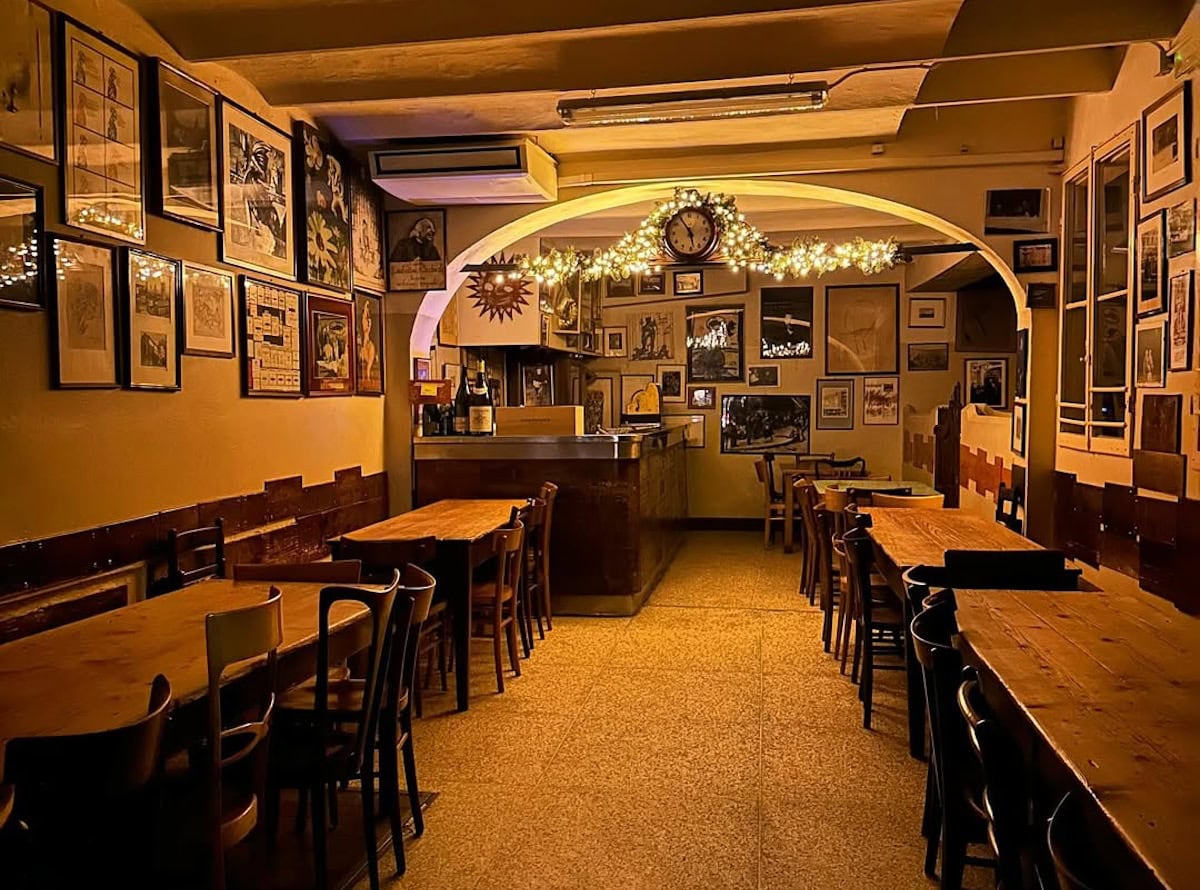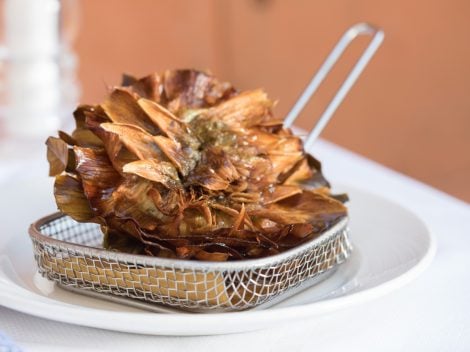Valentine’s Day
The Saint, elected symbol of love and protector of lovers, comes from Terni. The Christian martyr, according to legend, helped two young newlyweds celebrate their wedding by giving them a rather large sum of money. In fact, the feast of St. Valentine as we know it today was probably born to Christianise the ancient pagan festival of lupercalia (linked to the cycle of death and rebirth of nature). Festival characterised by masks, processions and especially the reversal of roles were servants took the place of the masters and the other way around. The new feast day of February 14th was instituted by Pope Gelasio I in 496, while the tradition was spread by the Benedictine monks.
Today Valentine's Day is celebrated by couples with intimate dinners, chocolates and various gifts, but above all with sweetness: between biscuits and heart-shaped cakes every preparation on this day has a makeover and becomes more romantic. But what are the typical products? There are not many recipes linked to the Saint, but there are several sweets that were once prepared to be given to a loved one: here are some examples.
Typical Valentine's Day sweets
Baci di Assisi
The universe of Italian “baci” is very wide, dry sweets present in various regions and all tasty. The Assisi ones, however, are very different: they look more like soft pastries, rather than real cookies. They are prepared, in fact, with almond paste and are covered with thin petals of almonds, although there are many variations, from pistachio grains to chocolate. The original recipe calls for flour, butter, chopped almonds and almond petals, sugar, eggs and a pinch of yeast.
Baci di Dama
The origin of “baci di Dama” is not certain: some sources trace them back to the city of Tortona, while others to an undefined area of the Court of Savoy, around 1800. Whatever the true story, these romantically named biscuits are one of the best known excellences of Piedmont pastry. Prepared with flour, hazelnuts, sugar, dark chocolate and butter. The variants are many and the best known is undoubtedly Alassio, patented in 1919 by Pasquale Balzola: in this version, cocoa and honey are added to the classic ingredients.
Bacio di San Valentino
It is located in the province of Verona, one of the most romantic cities in Italy, and it is no coincidence: Bussolengo holds in high regard the feast of St. Valentine, the local patron saint who has always been celebrated with fairs and popular festivals, to whom a typical cake is also dedicated. The bacio di San Valentino (Valentine's kiss) is a dry biscuit made with egg whites, hazelnuts, sugar and liqueur, with a consistency and appearance similar to that of amaretto, but characterised by the strong scent of hazelnut. You can make it at home or buy it in the local shops and pastry shops, which every year are dedicated to the preparation of Bacio di San Valentino.
Baci Perugina
They are not exactly a traditional sweet, but they are to all intents and purposes a sweet -or rather, the sweet- of Valentine's Day par excellence, all made in Italy. The famous pralines were created in 1922 by Luisa Spagnoli, who invented the recipe to use hazelnut grains left over from the processing of other products. At the beginning they were called Cazzotti (punches), because of their squat and irregular shape that reminds us of a hand closed like a fist, but then Giovanni Buitoni found that it was nicer to ask for a bacio (Kiss) instead of a Cazzotto and renamed the chocolates, which are now available in various flavours and packages specially designed for the celebration of love.
Ciambelle degli sposi (Newlyweds donuts)
In Lazio there is a long tradition of donuts: with wine, with cooked must, scuttled at Easter, there are many variations, all made with a few ingredients that give life to sweet rings with a rustic and homemade flavour. Among them, there are also the Ciambelle degli sposi donuts of Rocca di Papa, at Castelli Romani, made with lemon peel and covered with sugar. As the name suggests, their history is inextricably linked to the wedding tradition of the past. In the past, in fact, in the area it was customary to tie a bag of biscuits to the wedding participations, placed in a precise number according to the degree of kinship.
Maritozzo
There's a reason why the typical Roman brioche filled with whipped cream are called like this. Once upon a time, “maritozzi” were the Lenten donuts, smaller and with raisins, pine nuts and candied fruit, given by women to their future husbands, affectionately called “maritozzi". Inside, no cream, but a ring or gold object as a token of love. Another theory is that it was the girls of marriageable age who prepared them and offered them to the most handsome young man in the village, who would then marry the woman with the best culinary skills.
Sospiri di Bisceglie
Sweets with a romantic and nostalgic name, Sospiri di Bisceglie are typical Apulian products so called because of an old folk tale: a young man in the throes of love stopped to sigh in front of these sweets because they reminded him of the shape of the breast of his beloved. There are those who say that it is instead a recipe invented by the nuns for weddings (promised and never happened) between the Count of Conversano and Lucrezia Borgia: to beguile the wait of diners tired and sighing, the nuns served these soft and tasty sweets, which made the guests pass the bad mood. In any case, the allusion to the female breast is unequivocal and the classic version involves a soft, smooth pastry filled with custard and covered with icing, often flavoured with citrus. The unfrosted version is instead called "tette delle monache" and differs from the traditional one only in its appearance.


 Oenologist Riccardo Cotarella will also produce dealcoholised wine: "My first bottle will be out in October and it won’t be bad"
Oenologist Riccardo Cotarella will also produce dealcoholised wine: "My first bottle will be out in October and it won’t be bad" Dear natural wine world, enough with the constant polemics. If you don’t want to self-ghettoise, self-criticism is needed
Dear natural wine world, enough with the constant polemics. If you don’t want to self-ghettoise, self-criticism is needed In Bologna, there is an ancient osteria where you can bring your own food
In Bologna, there is an ancient osteria where you can bring your own food Unknown genius: the Italian inventor of Cynar who was building electric cars and studying Artificial Intelligence 50 years ago
Unknown genius: the Italian inventor of Cynar who was building electric cars and studying Artificial Intelligence 50 years ago The 11 best-value Dolcetto wines from the Langhe
The 11 best-value Dolcetto wines from the Langhe






